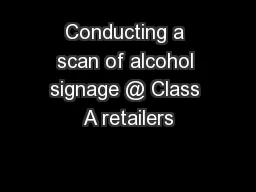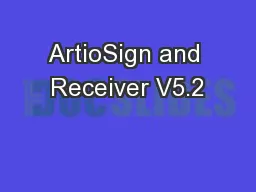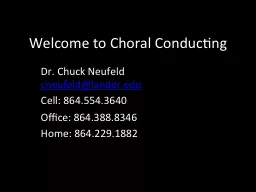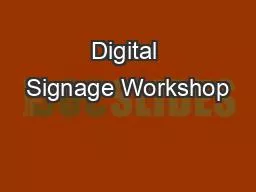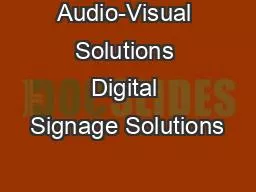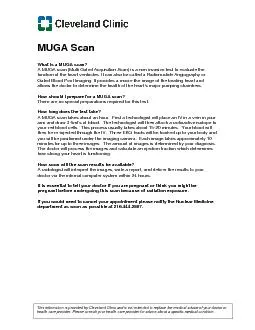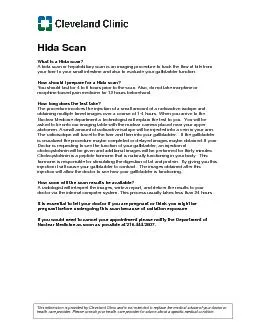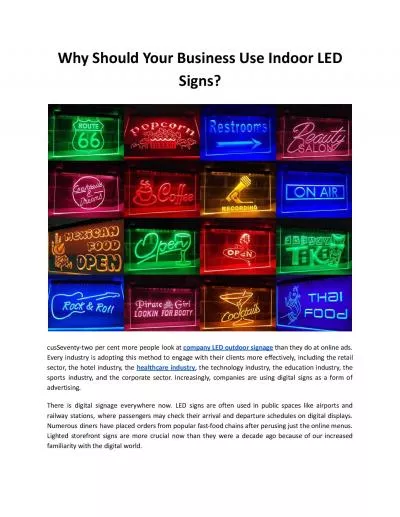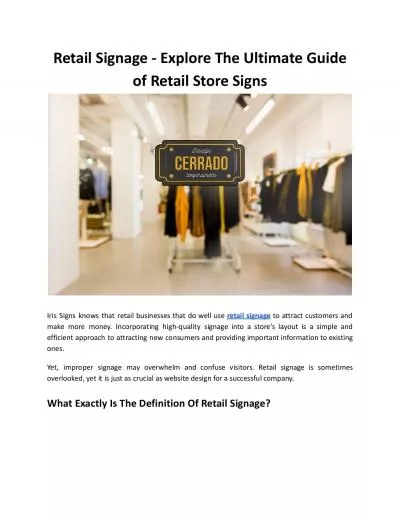PPT-Conducting a scan of alcohol signage @ Class A retailers
Author : giovanna-bartolotta | Published Date : 2018-12-11
Organize amp conduct a scan of alcohol advertising at offpremises retailers Wisconsin Alcohol Policy Project September 15 2016 Conducting a scan of alcohol signage
Presentation Embed Code
Download Presentation
Download Presentation The PPT/PDF document "Conducting a scan of alcohol signage @ C..." is the property of its rightful owner. Permission is granted to download and print the materials on this website for personal, non-commercial use only, and to display it on your personal computer provided you do not modify the materials and that you retain all copyright notices contained in the materials. By downloading content from our website, you accept the terms of this agreement.
Conducting a scan of alcohol signage @ Class A retailers: Transcript
Download Rules Of Document
"Conducting a scan of alcohol signage @ Class A retailers"The content belongs to its owner. You may download and print it for personal use, without modification, and keep all copyright notices. By downloading, you agree to these terms.
Related Documents

